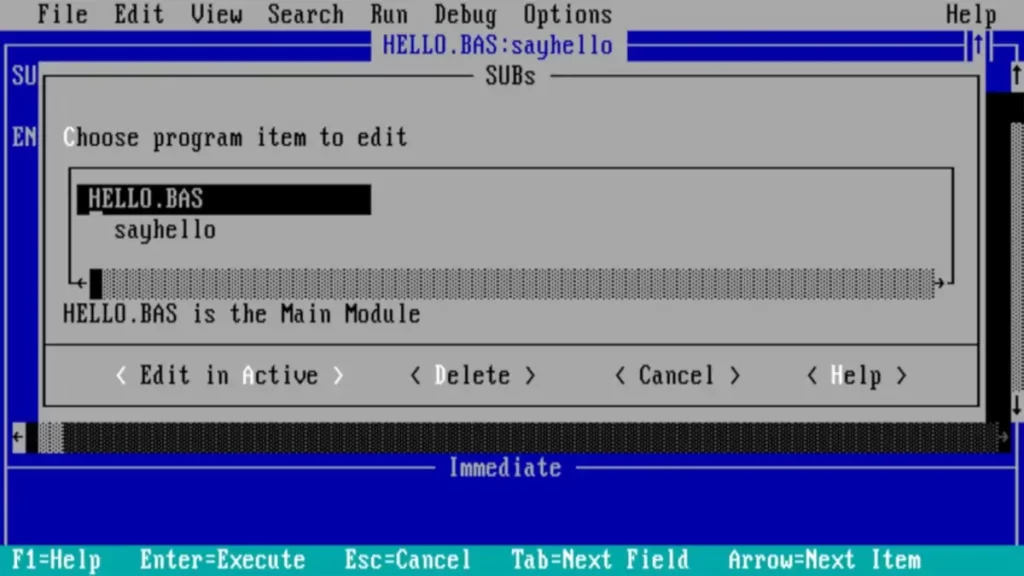The BASIC Programming Language was originally designed by John G. Kemeny and Thomas E. Kurtz and released at Dartmouth College in 1964. BASIC stands for Beginners’ All-purpose Symbolic Instruction Code. The initial purpose was to enable students in fields other than science and mathematics to use computers. At the time, nearly all use of computers required writing custom software, which was something only scientists and mathematicians tended to learn.

When the first microcomputers began to appear in the 1970s, the need for a simpler high-level programming language arose. Several dialects of BASIC were then developed, including Microsoft BASIC in 1975.
Microsoft BASIC
The first version of BASIC developed by Microsoft was the ALTAIR BASIC. This is a small excerpt of the Altair Basic Reference Manual.
Before a computer can perform any useful function, it must be “told” what to do. Unfortunately, at this time, computers are not capable of understanding English or any other “human” language. This is primarily because our languages are rich with ambiguities and implied meanings.
The computer must be told precise instructions and the exact sequence of operations to be performed in order to accomplish any specific task. Therefore, in order to facilitate human communication with a computer, programming languages have been developed.
ALTAIR BASIC is a programming language both easily understood and simple to use. It serves as an excellent “tool” for applications in areas such as business, science and education. Mith only a few hours of using BASIC, you will find that you can already write programs with an ease that few other computer languages can duplicate.
BASIC Programing Language today
In October 2008, Microsoft released Small Basic. The language has only 14 keywords. Small Basic Version 1.0 (12 June 2011) was released with an updated Microsoft MSDN Web site that included a full teacher curriculum, a Getting Started Guide, and several e-books.
Small Basic was released to get 8 to 10-year-old kids into programming. The goal was to learn the fundamentals of computer programming and then move to Visual Studio.